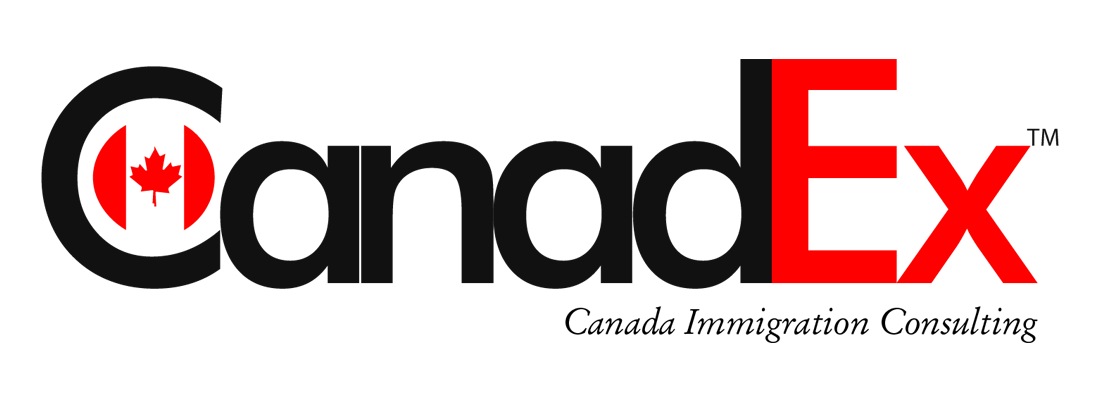The Express Entry system managed by Immigration Refugees and Citizenship Canada (IRCC) is a popular choice for skilled immigrants aiming to make Canada their new home. With a service standard of six months for processing Express Entry applications, it’s considered one of the fastest routes to Canadian permanent residency.
The Role of CRS Score
Getting an invitation to apply (ITA) for permanent resident status through Express Entry hinges on a candidate’s Comprehensive Ranking System (CRS) score. This score is determined by various factors such as age, work experience, occupation, language ability, and education. The higher the score, the better the chances of receiving an ITA.
Current Landscape of CRS Scores
Recent data shows that in the Express Entry pool, only a fraction of candidates have CRS scores above 500, making them eligible for general draws. For those with scores below this threshold, the question arises: is it still worthwhile to enter the Express Entry pool, or should they explore alternative immigration pathways?
Recent Draw Trends
The minimum CRS score required for an ITA varies with each Express Entry draw, influenced by factors such as draw type and category-based selection. General draws in 2024 have seen scores ranging from 525 to 541, while category-based draws have had lower thresholds, ranging from 336 to 437.
Category-Based Selection
Introduced in May 2023, category-based selection aims to target Express Entry candidates with specific in-demand attributes. Categories include healthcare, STEM professions, trades, transportation, agriculture, and French language proficiency. Candidates in these categories have seen lower CRS score requirements compared to general draws.
Understanding Express Entry
Express Entry manages three immigration programs: the Federal Skilled Worker Program (FSWP), the Federal Skilled Trades Program (FSTP), and the Canadian Experience Class (CEC). Candidates must assess their eligibility for these programs, create an Express Entry profile to obtain a CRS score, and await an ITA from IRCC.
Strategies to Improve CRS Score
Candidates with lower CRS scores can take steps to enhance their profile while waiting for an ITA. Strategies include improving language skills, pursuing further education, considering age factors, and seeking provincial nominations.
Language Skills
Language proficiency significantly impacts CRS scores, with higher scores correlating with better economic outcomes. Candidates can take recognized language tests multiple times to achieve desired scores in English and/or French.
Education/ Age
Higher levels of education earn additional CRS points, incentivizing candidates to pursue further studies to boost their scores. Younger candidates receive more CRS points, making it advantageous to apply to Express Entry programs at a younger age.
Provincial Nomination
Candidates receiving a provincial nomination gain 600 additional CRS points, greatly improving their chances of receiving an ITA. Provincial Nominee Programs (PNPs) target candidates with specific skills or attributes needed in individual provinces.
Conclusion
While a low CRS score may seem discouraging, candidates have avenues to enhance their profiles and increase their chances of receiving an ITA through Express Entry. By understanding the system and strategically improving their CRS scores, immigrants can navigate the pathway to Canadian permanent residency effectively.
Interested in Immigrating to Canada?
